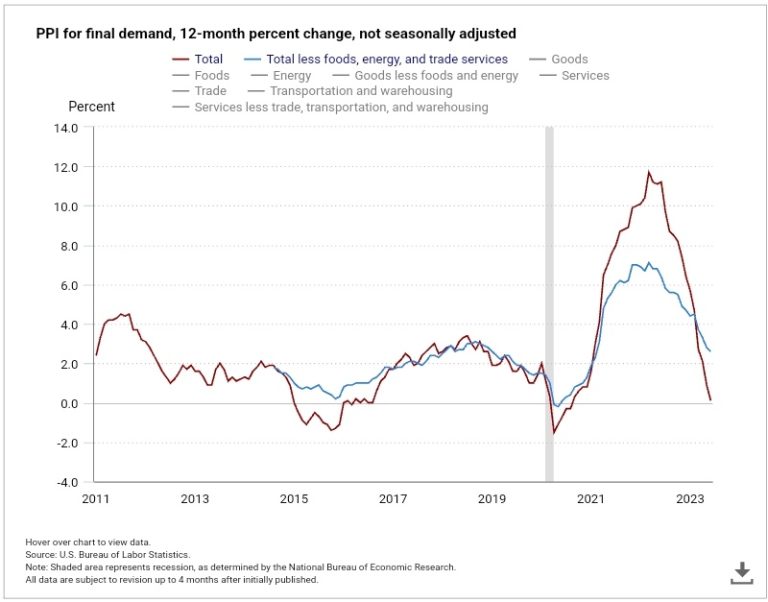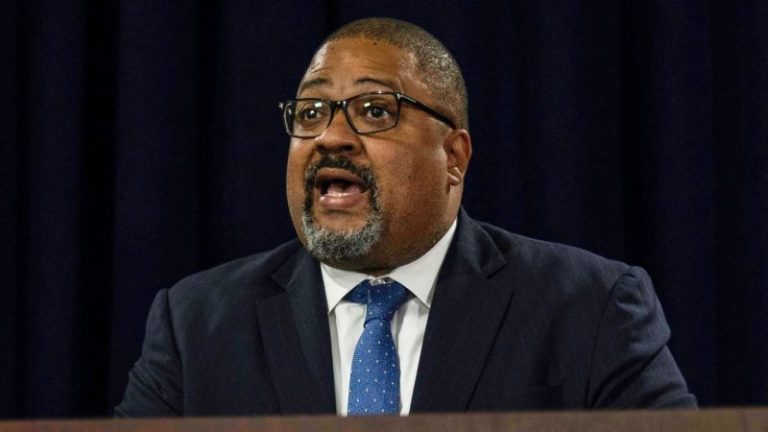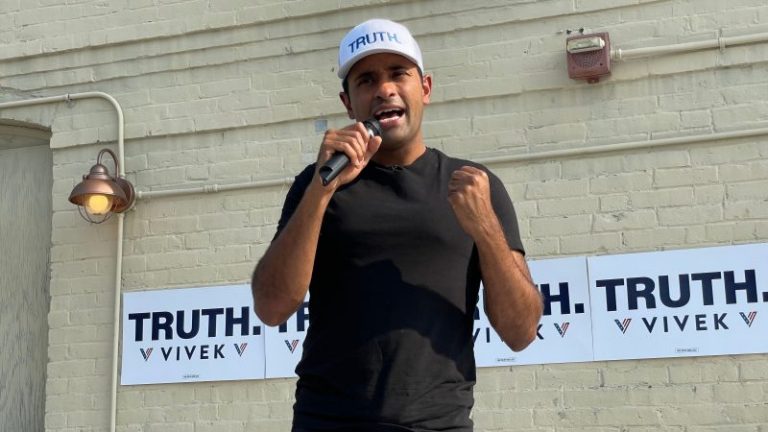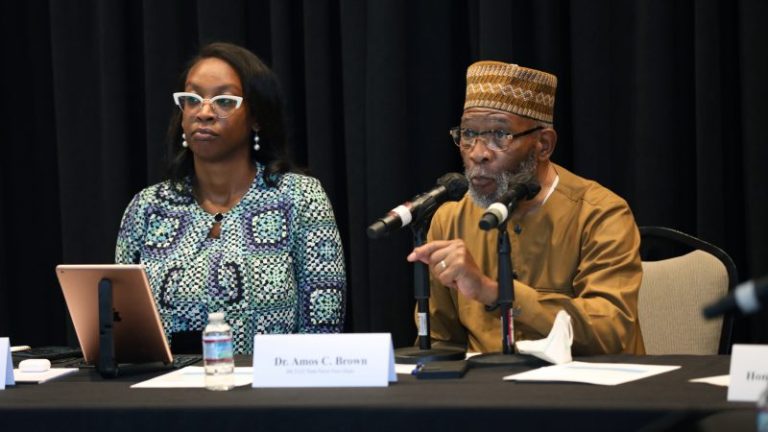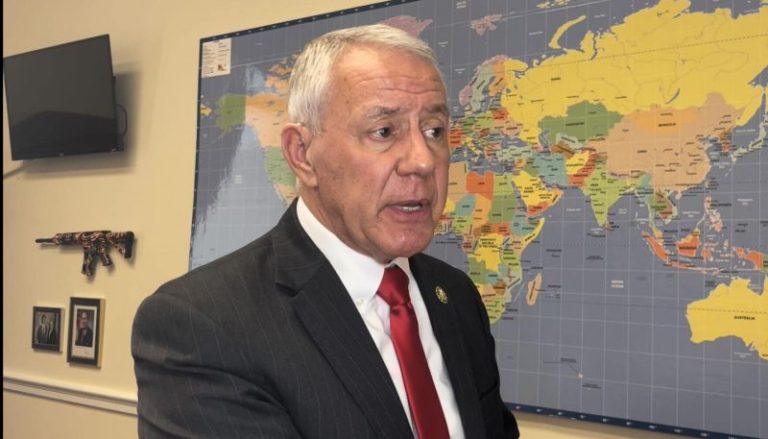The left-wing campaign for cities, states and the federal government to pay reparations as a way to make amends for slavery and racism is gaining momentum as more communities across the country weigh payment proposals – including for historically oppressed groups other than Black Americans.
The issue of reparations has dominated headlines in recent months in large part due to California, where a task force created by state legislation signed by Gov. Gavin Newsom in 2020 has been examining the possibility of implementing statewide reparations.
Late last month, the task force released its final recommendations, which the state legislature will consider whether to implement and send to the governor’s desk to be signed into law.
In its approximately 1,000-page report, the task force proposed dozens of statewide policies and ways to calculate monetary reparations designed to redress slavery and historical injustices against Black Americans. According to the task force, such history has created lingering consequences that exist today in the form of systemic racism.
Critics counter that reparations proposals are fiscally unmanageable and don’t make sense by having people who never owned slaves pay money to others who never were slaves as way to atone for slavery.
Still, the task force estimated the minimum dollar amount in harm that California has caused or could have prevented totals at least $1 million per eligible Black Californian.
Beyond cash payments, the task force recommended a variety of other reparations proposals, such as ending the prosecution of low-level crimes and mandating ‘anti-bias training’ as a graduate requirement for medical school, among other measures.
California isn’t alone. The state legislature in New York passed a bill last month that would create a commission to study the effects of slavery and racial discrimination in the Empire State and make recommendations for potential reparations, such as restitution payments from the government. The commission’s recommendations would be non-binding, meaning the legislature would decide whether to take them up for a vote.
Gov. Kathy Hochul is reportedly reviewing the bill but hasn’t commented publicly on the legislation, which needs her signature to become law. If Hochul signs the bill, New York would be the second state to establish a reparations commission, following California’s lead.
According to the legislation, Hochul and legislative leaders from the state Senate and Assembly would each appoint three qualified members to the nine-member commission, which beyond slavery would also address lingering economic, political and educational disparities experienced by Black people in New York state.
While New York and California are the only states actively pursuing a comprehensive statewide reparations plan, several areas across the country may follow suit at the local level — and at least one city has already begun implementing reparations.
The Chicago suburb of Evanston in 2019 committed to spend $10 million over 10 years on local reparations. Two years later, it became the first U.S. city of any size to fund reparations, specifically $25,000 for qualifying Black residents for home repairs, property down payments and interest or late penalties due on city property.
Now, Evanston has become the first city to actually start paying reparations. City staff have met with 48 recipients who are each eligible for the $25,000, and 16 of them received payments this week, according to the Evanston RoundTable. The city expects to dole out the reparations to 140 mostly elderly residents by the end of this year out of about 75,000 total, officials told the Wall Street Journal.
‘I see it as like a test run for the whole country,’ Justin Hansford, a leading advocate for reparations and head of the Thurgood Marshall Civil Rights Center at Howard University, told the Journal.
Evanston is the first city of any kind to deliver on reparations, but San Francisco could be the first major U.S. city to fund such a policy as its own local commission explores potentially doling out millions of dollars each to qualifying Black residents.
Beyond San Francisco, some California cities – such as Oakland, Los Angeles and Sacramento – have been pushing their own reparations initiatives even as the state advances its own payment plan.
In Maryland, meanwhile, legislation to create a state reparations commission has died twice in the General Assembly in the past two years. However, Greenbelt in 2021 became the first city in Maryland to vote for setting up a commission that will study paying reparations. Baltimore did the same in May.
And then on Tuesday, the Caucus of African American Leaders voted unanimously to present a reparations resolution to Maryland officials, seeking programs to address the effects of slavery among Black residents. The resolution will be presented to Annapolis Mayor Gavin Buckley next week, and then to Gov. Wes Moore and Anne Arundel County Executive Steuart Pittman in August.
Elsewhere on the East Coast, Asheville, North Carolina, and Providence, Rhode Island, have each committed millions of dollars to their own local reparations programs.
All of these reparations plans were created with the idea of making amends specifically for slavery and anti-Black discrimination. However, with the idea of reparations becoming increasingly widespread, there are signs that other historically persecuted groups may soon be in the discussion for such payments as well.
Indeed, 11 Native American tribes are calling for reparations from the University of Minnesota, arguing the land was taken from them.
‘You have these schools that have tens of millions of dollars at their disposal, but they are not looking at any ways they can improve living situations for Indigenous peoples today,’ An Garagiola, a descendant of the Chippewa tribe, told the Washington Post. ‘Yet their existence as institutions, as schools of learning, are only there today because of everything that was taken.’
Several universities are facing pressure to address the acquisition of their land, often purchased from Native American tribes for far less than the land was worth. Some of the schools are taking steps to make amends.
The University of California system, for example, has pledged to give free tuition to some Native American students amid a movement to reclaim tribal lands. The University of Wisconsin at Madison flew the flag of the Ho-Chunk Nation on campus for the first time in 2021 in an effort to acknowledge land taken from the tribe. And Cornell University launched a research project to account for all the land that it took from Native communities.
As for reparations at the federal level, racial justice groups and some Democrats in Congress have been pushing President Biden for months to establish a national reparations commission by executive order. The White House has indicated Biden, who’s largely been quiet about the issue, supports studying potential reparations for Black Americans but has stopped short of saying he’d back a bill introduced in Congress that would create such a commission.
Reparations at the federal government level appear stalled amid widespread Republican opposition and only partial support among Democrat lawmakers.
Aaron Kliegman is a politics reporter for Fox News Digital.
This post appeared first on FOX NEWS



